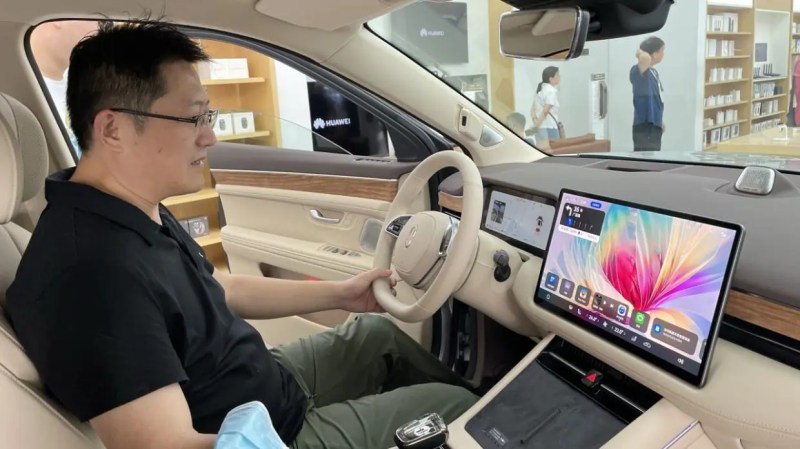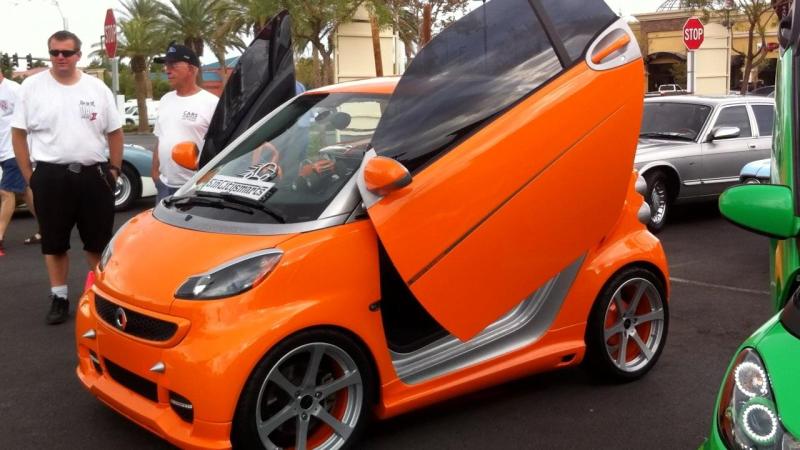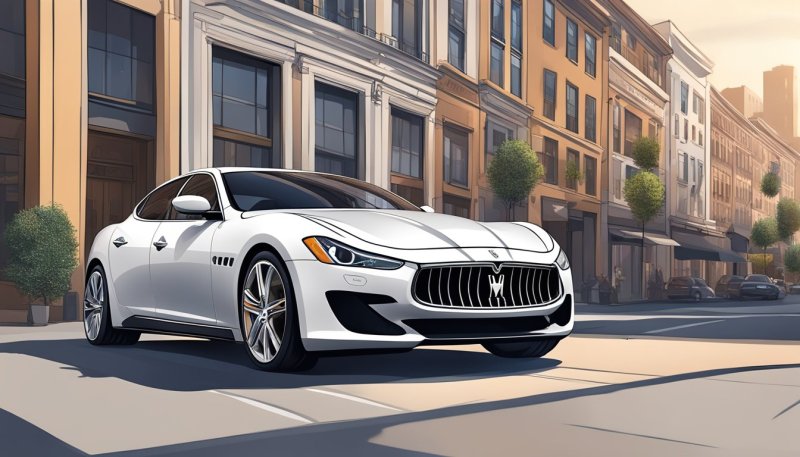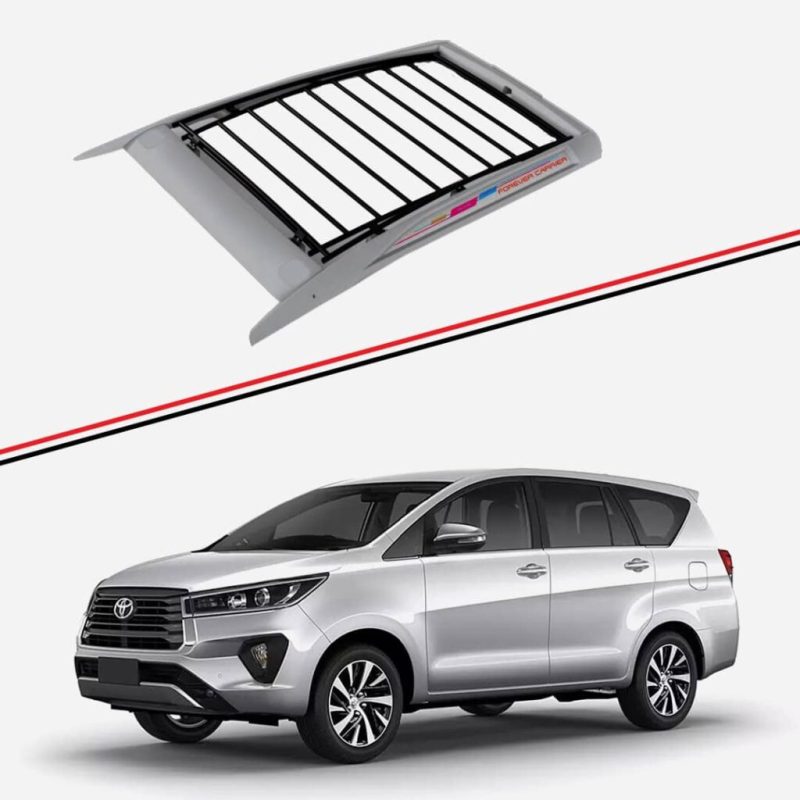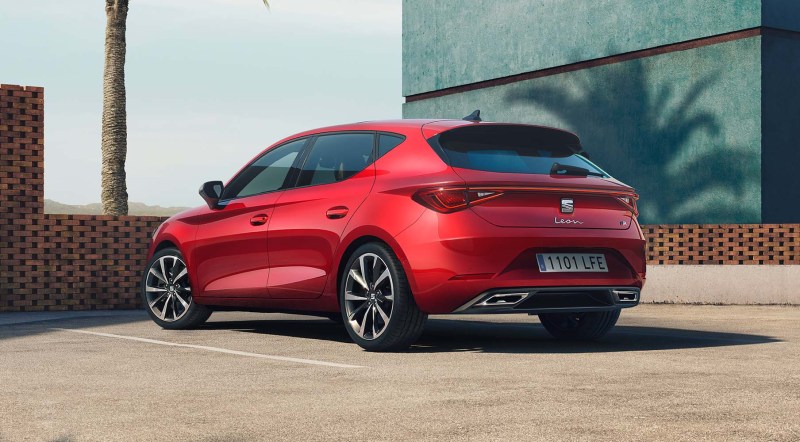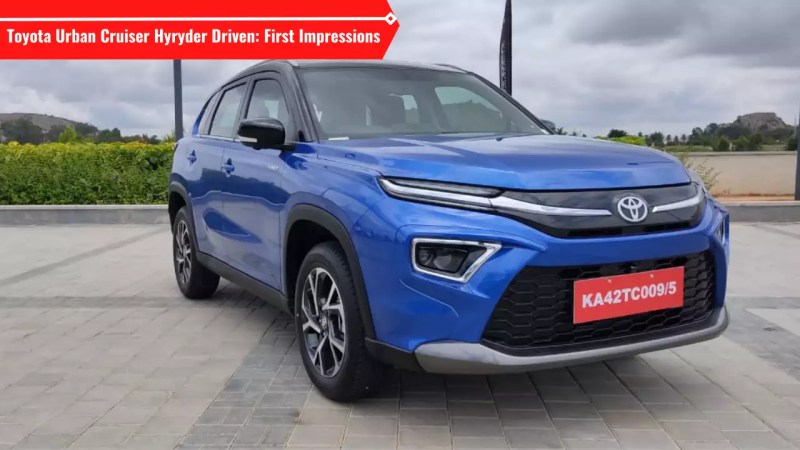Urban Car Tech Upgrades – Technology-driven trends will revolutionize how industry players respond to changing consumer behavior, develop partnerships and drive transformational change.
Since this article was first published, it has continued to explore the topics covered. Read on for a summary of our latest insights.
Urban Car Tech Upgrades

The automotive industry is at an inflection point. New important market trends are approaching on the horizon: for one thing, the future of the sector is clearly electric, despite some recent declines in regional sales. 62% of respondents to the latest Mobility Consumer Pulse Survey said they are starting to change their transportation habits because of sustainability issues, and 42% said they want their next car to be an electric vehicle ( EV).
Mazda 3 Review
Across Europe, more than 65% of new cars sold are expected to be fully electric by 2030. China is also a leader in this regard. In 2023, one in four cars in China will be an electric vehicle. And Chinese electric vehicle manufacturers are preparing to pursue global opportunities, supported by a high-quality, low-cost product.
Challenges remain. Progress in autonomous driving has been balanced by setbacks. While some players have exited the markets, others continue to use the technology. Robot taxis and robot shuttles, autonomous vehicles for shared mobility, are expected to see a noticeable increase in the next one to two years. Another question is how the auto insurance landscape will adapt to the changing reality of shared mobility and autonomous vehicles. Finally, a stable supply of lithium-ion batteries is needed to power the growing demand for electric vehicles. Battery manufacturers must strengthen their supply chains, efficiently carry out large-scale industrialization, and engage in extensive decarbonization.
To compete in this rapidly changing landscape, creating new businesses must be one of the top five agenda items for automotive executives. Our research shows that more than 45% of companies that focus on creating new business outperform the market, compared to only 30% that do not prioritize new business. By engaging in new businesses, incumbents enter a race with the many start-ups that attack the mobility space. It’s not an easy race to win, but the incumbents have some advantages, including years of experience, cash reserves and an existing customer base.
Today’s economy is changing dramatically, triggered by development in emerging markets, the accelerated rise of new technologies, sustainability policies and changing consumer preferences regarding ownership. Digitization, increasing automation and new business models have revolutionized other sectors and the automotive sector will not be an exception. These forces give rise to four technology-driven disruptive trends in the automotive industry: diverse mobility, autonomous driving, electrification and connectivity.
I Have A 2016 Dodge Dart 2.4l Limited, And Want To Upgrade The Radio With Apple Carplay Compatibility, Having A Lot Of Trouble Finding A Good Solution, I Did Find One That
Most industry players and experts agree that the four trends reinforce and accelerate each other and that the automotive industry is ripe for disruption. Given the widespread awareness that a revolutionary change is already on the horizon, there is still no integrated perspective on what the industry will be in 10 or 15 years due to these trends. To this end, our eight key perspectives on the “automotive revolution of 2030” aim to provide scenarios on what kind of changes are coming and how they will affect traditional vehicle manufacturers and suppliers, potential new players , regulators, consumers, markets and the environment. . automotive value chain.
This study aims to make future changes more tangible. The forecasts should be interpreted as a projection of the most likely hypothesis on the four trends, based on our current knowledge. Of course, they are not deterministic in nature, but they should help industry participants better prepare for uncertainty by discussing potential future states.
1. Driven by shared mobility, connected services and feature upgrades, new business models could expand automotive revenues by about 30%, for a total of $1.5 trillion.
The revenue pool of the automotive industry will increase and diversify significantly towards on-demand mobility services and data-driven services. This could create up to $1.5 trillion – or 30% more – in additional potential revenue by 2030, compared to around $5.2 trillion from traditional auto sales and the 50% increase in aftermarket products/services compared to about 3.5 trillion dollars in 2015 (Figure 1).
Toyota Yaris Cross Update Brings More Power, New Tech
Connectivity, and later autonomous technology, will increasingly allow the car to become a platform for drivers and passengers to use their time in transit to consume new forms of media and services or dedicate the freed time to other personal activities . The increasing speed of innovation, especially in software-based systems, will require cars to be updated. As shared mobility solutions with shorter life cycles become more common, consumers will always be aware of technological advances, which will also increase the demand for upgrades even in privately used cars.
2. Despite the shift towards shared mobility, vehicle unit sales will continue to grow, but probably at a slower rate of about 2% per year.
Overall, global car sales will continue to grow, but the annual growth rate is expected to decline from 3.6% over the past five years to around 2% by 2030. This decline will be largely driven by macroeconomic factors and the rise of new mobility services. . such as car sharing and e-hailing.
Detailed analysis suggests that dense areas with a large and established vehicle base are fertile ground for these new mobility services, and many cities and suburbs in Europe and North America fit this profile. New mobility services could lead to a decrease in private vehicle sales, but this decline will likely be offset by increased sales of shared vehicles that will need to be replaced more often due to increased use and wear and tear.
The Tech That’s Driving The Future Of Car Design: 6 Trends To Know
The final driver of global car sales growth is overall positive macroeconomic development, including the growth of the global consumer middle class. As growth in established markets slows, however, growth will continue to rely on emerging economies, especially China, while differences in product mix will explain the development of different revenues.
3. Consumer mobility behavior is changing, leading to one in ten cars sold in 2030 potentially being a shared vehicle and the resulting growth of a market for fit-for-purpose mobility solutions.
The change in consumer preferences, the strengthening of regulation and technological developments add up to a fundamental change in the behavior of individual mobility. Individuals use more and more modes of transport to complete their journey; goods and services are delivered to consumers rather than retrieved. As a result, the traditional car sales business model will be complemented by a range of different on-demand mobility solutions, especially in dense urban environments that proactively discourage private car use.

Consumers today use their cars as multipurpose vehicles, whether they’re just commuting to work or taking the whole family to the beach. In the future, they may want to have the flexibility to choose the best solution for a specific purpose, on demand and via their smartphones. We have already seen the first signs that the importance of owning a private car is decreasing: in the United States, for example, the percentage of young people (16 to 24 years old) who have a driver’s license has fallen from 76 % in 2000 to 71%. in 2019. 2013, while in the last five years there has been an annual growth of more than 30% in car sharing users in North America and Germany.
Land Rover Range Rover Tdv6 Autobiography £39,900
The new consumer habit of using tailor-made solutions for every purpose will lead to new segments of specialized vehicles designed for very specific needs. For example, the market for a car built specifically for e-hailing services – that is, a car designed for high use, robustness, additional mileage and passenger comfort – would already be in the millions of units today, and this it’s just the beginning. .
As a result of this shift to diversified mobility solutions, up to one in ten new cars sold in 2030 is likely to be a shared vehicle, which could reduce private vehicle sales. This would mean that more than 30% of the miles driven in new cars sold could come from shared mobility. On this trajectory, one in three new cars sold could potentially be a shared vehicle by 2050.
4. The type of city replaces the country or the region as the most relevant segmentation dimension that determines the behavior of mobility and, therefore, the speed and scope of the automobile revolution.
Understanding where future business opportunities lie requires a more granular view of mobility markets than ever before. In particular, it is necessary to segment these markets by type of city based mainly on population density, economic development and prosperity. In these segments, consumer preferences, policy and regulation, as well as the availability and pricing of new business models will diverge greatly. In megacities like London, for example, owning a car has already become a burden for many, due to congestion charges, lack of parking, traffic jams, etc. On the contrary, in rural areas such as the state of Iowa in the United States, the use of private cars will remain the preferred means of transportation.
Bmw Group Connected Car Technology
The typology of the city will therefore become the key indicator of mobility behavior, replacing the traditional regional perspective on the mobility market. In 2030, the New York auto market will probably have much more in common with the Shanghai market than with the Kansas market.
5. Once technological and regulatory issues are resolved, up to 15% of new cars sold in 2030 could be fully autonomous.
Fully autonomous vehicles are unlikely to be commercially available before 2020. Meanwhile, advanced driver assistance.

Urban tech wear, home tech upgrades, tech upgrades, virginia tech urban planning masters, urban tech, virginia tech urban planning, urban bike tech, car tech upgrades, georgia tech urban planning, urban planning tech companies, urban tech pants, swiss tech urban trek 20
- Volkswagen Polo 2025 - August 13, 2024
- Mini Cooper 2025 - August 13, 2024
- Daihatsu Ayla 2025 - August 13, 2024

